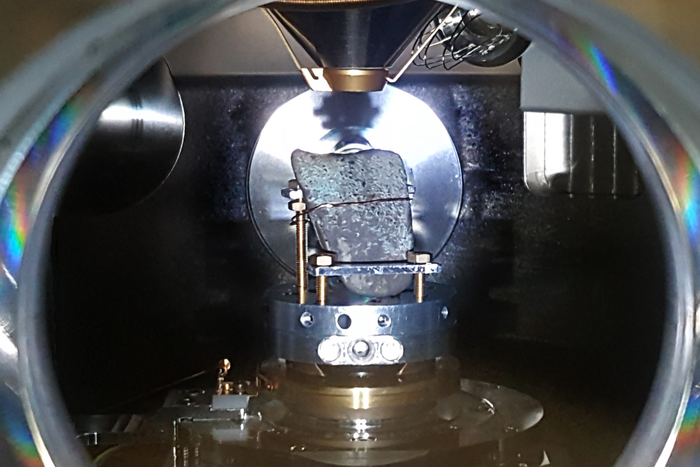 KIEL, GERMANY—According to a statement released by PLOS, researchers led by archaeologist Jan Piet Brozio of Kiel University have studied the geochemistry of 45 Neolithic copper artifacts from northern central Europe and southern Scandinavia to determine where the ores used to make the objects originated. The artifacts included axes and chisels dating to the fourth through third millennium B.C. The team found that artifacts dating to before 3500 B.C. were fashioned from copper ores that came from mines in the Balkans, especially Serbia, while later artifacts were made from copper sourced from the Slovak mountains and eastern Europe, and possibly the British Isles. By tracing the fluctuations in ore sources through time, the researchers hope to identify trade networks that could reveal how local economies and social structures changed during the late Neolithic. Read the original scholarly article about this research in PLOS ONE. To read in-depth about the people who lived in this era, go to "Neolithic Toolkit."
KIEL, GERMANY—According to a statement released by PLOS, researchers led by archaeologist Jan Piet Brozio of Kiel University have studied the geochemistry of 45 Neolithic copper artifacts from northern central Europe and southern Scandinavia to determine where the ores used to make the objects originated. The artifacts included axes and chisels dating to the fourth through third millennium B.C. The team found that artifacts dating to before 3500 B.C. were fashioned from copper ores that came from mines in the Balkans, especially Serbia, while later artifacts were made from copper sourced from the Slovak mountains and eastern Europe, and possibly the British Isles. By tracing the fluctuations in ore sources through time, the researchers hope to identify trade networks that could reveal how local economies and social structures changed during the late Neolithic. Read the original scholarly article about this research in PLOS ONE. To read in-depth about the people who lived in this era, go to "Neolithic Toolkit."
Neolithic Copper Trading Networks Identified in Europe
